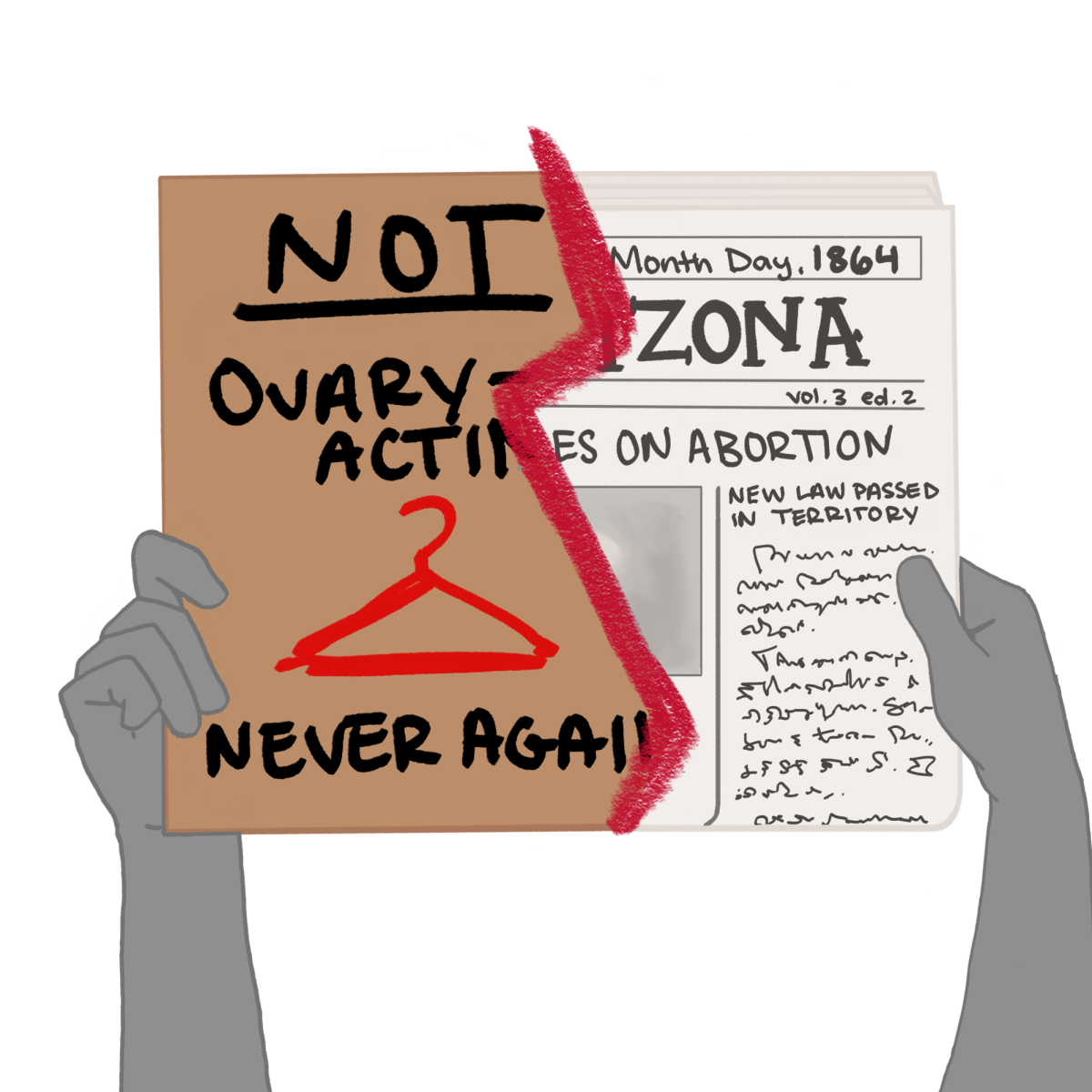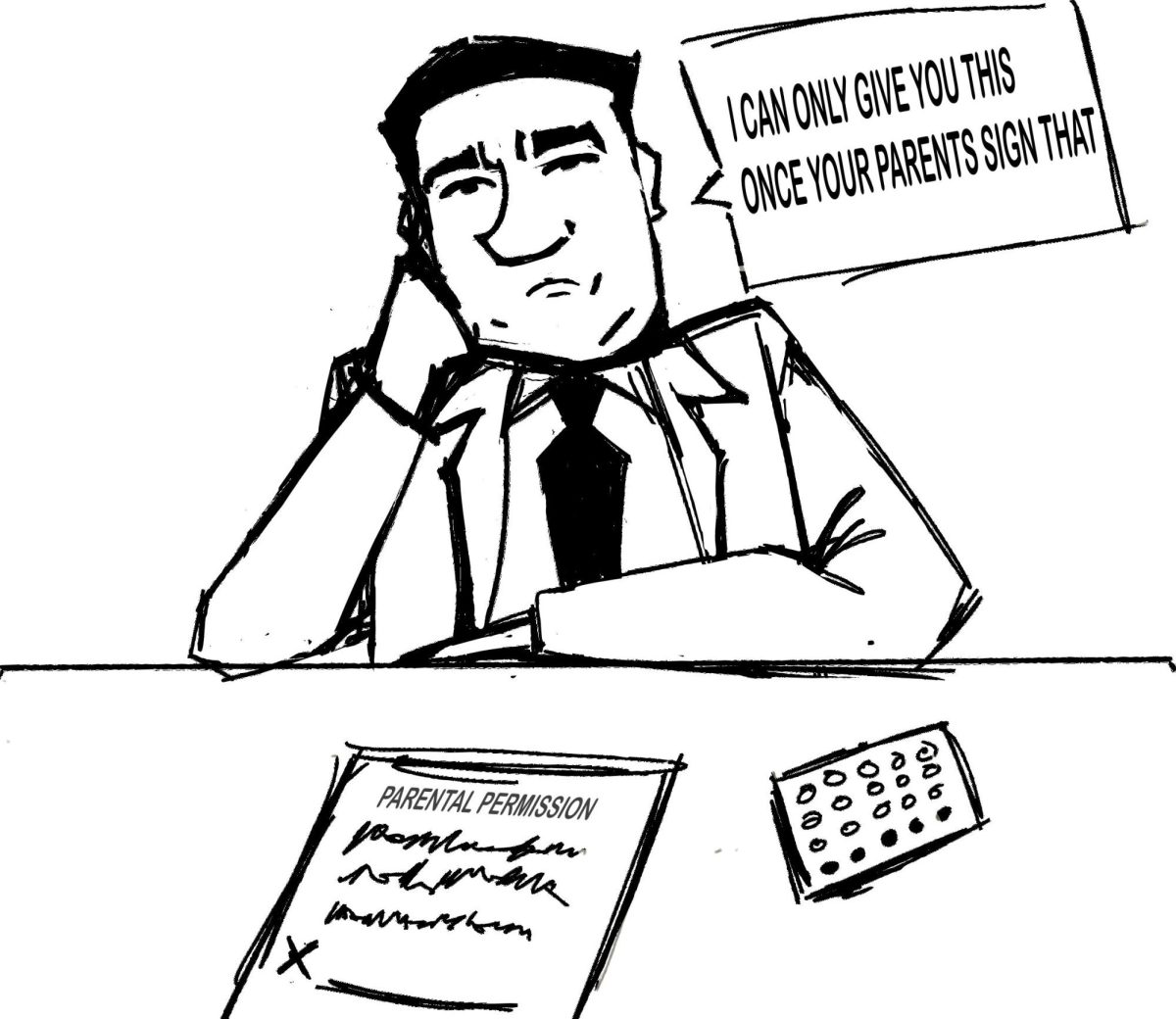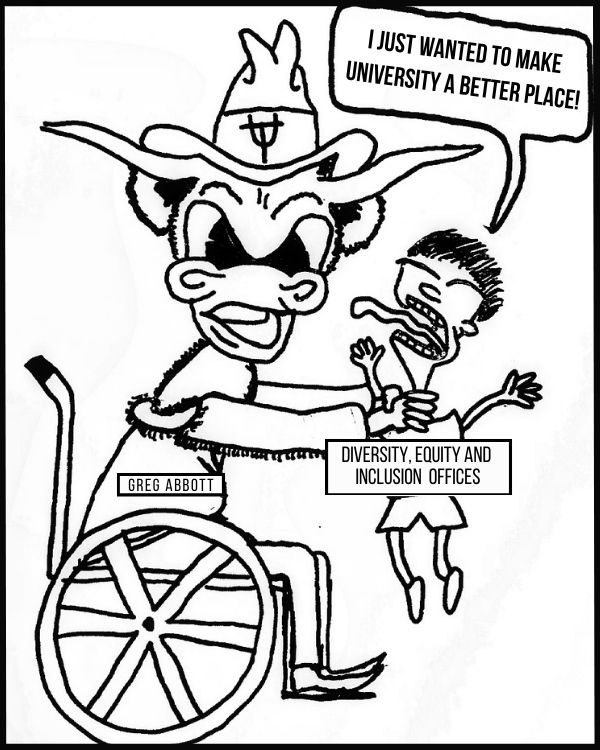This coming Friday, Feb. 1, will mark a tragic anniversary for the American people. It was on that day in 2003 that the space shuttle Columbia disintegrated over the pine curtain of east Texas and western Louisiana, killing all seven astronauts, including the first Israeli astronaut, on board instantly.
The cause of the disaster was a piece of foam falling off of the external fuel tank and hitting the front of the left wing of the shuttle during liftoff on January 16, 2003. The crew completed their mission not knowing that the shuttle was damaged and that an important piece of the shuttle’s defense against the heat of reentry had been punctured.
The shuttle came apart over a wide swath of land and the attention of the nation was drawn to a region few would have cared about otherwise. Looking back 10 years, it can be argued that the Columbia disaster was the beginning of the end of government-sponsored manned space flight. The three remaining shuttles would be retired between 2010-11 and American astronauts would have to find other ways to get to space. A decade after only the third disaster in 50 years of American space flight, we have decided that it is safer to have our astronauts fly in other nations’ craft until our private sector takes over the manned space exploration (which could take a very long time). It is a shame that one of America’s safest industries (only 17 fatalities from three missions in 50 years) would be entrusted to countries with less stellar safety records.
The seven men and women who perished in the Columbia disaster became, like the seven killed in 1986’s Challenger disaster and the three men killed during training for Apollo 1 in 1967, memorials to the drive of the human species to keep learning as much as is possible about their world and the void of space it floats in.
They did not join the astronaut corps expecting it to cost them their lives, they knew there were risks to space flight but they took them because they believed in the idea that America had the brightest minds and best technology at its disposal and they would be on the leading edge of a new generation of pioneers.
We no longer have the vehicle to send our astronauts to space but we still have the bright minds and technology. It all gets back to funding, a problem the National Aeronautics and Space Administration (NASA) has faced its entire history.
A return to manned space flight could provide this country with a much-needed cultural and economic tonic. It would also mean that the 23 men and women who gave so much in the quest for knowledge would continue to be honored every time an American piloted a new craft made by a country united in a dream that has been fundamental since the beginning of the United States: The dream of carrying the American flag to new frontiers and advancing the knowledge of the American people.
Perhaps, when the 20th anniversary of the Columbia disaster comes around in another 10 years, the United States will have returned to sending its astronauts to space on craft built by Americans.
It would be the least we could do for the men and women, living and dead who put in so much hard work to take our country farther than believed possible.
Commentary: America approaches 10th anniversary of Space Shuttle Columbia disaster
January 29, 2013
More to Discover
© 2024 COPYRIGHT ©2020 THE PAISANO EDUCATIONAL TRUST | ALL RIGHTS RESERVED • FLEX Pro WordPress Theme by SNO • Log in

















